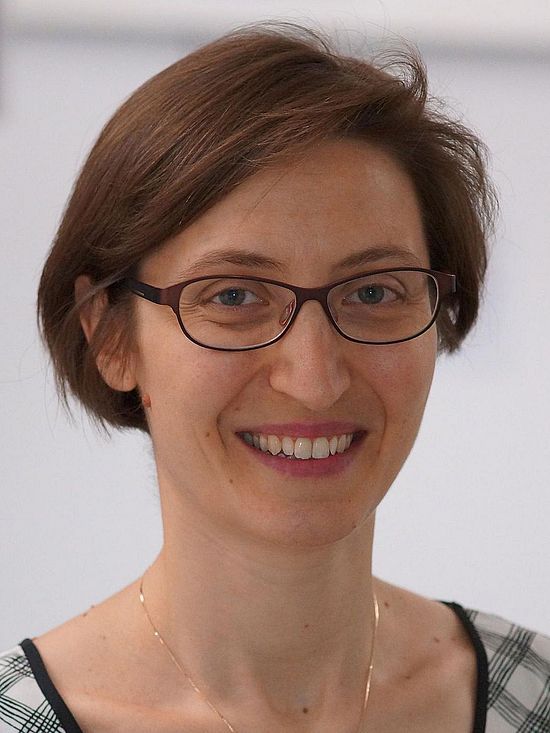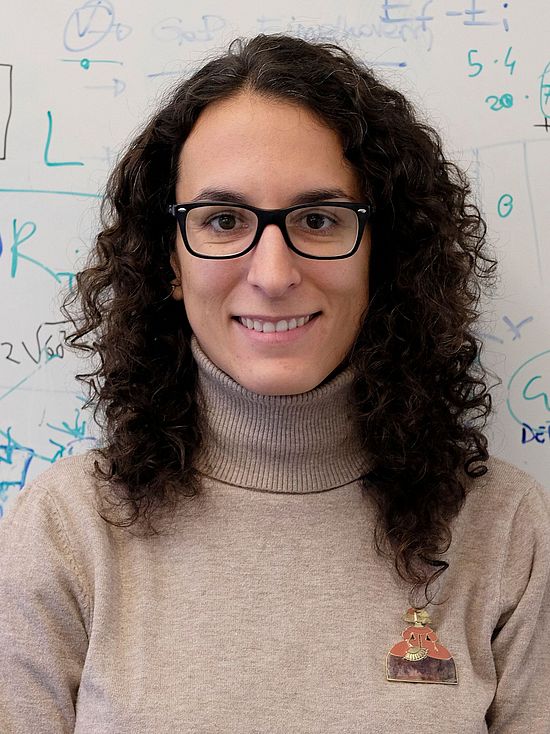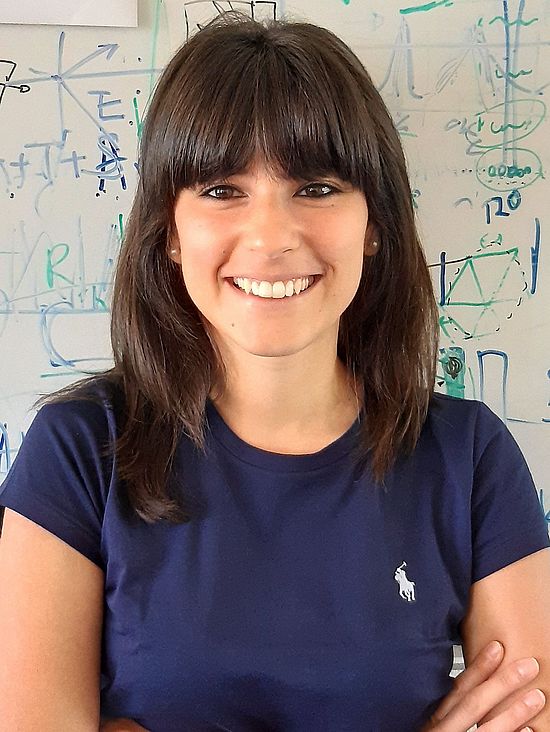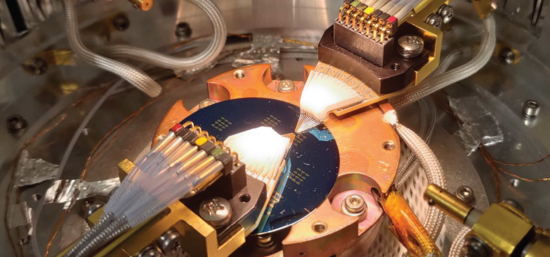
Hydronics
The goal of this project is to understand and achieve control over heat and charge transport in the hydrodynamic regime. To tame the elusive character of hydrodynamic transport, a deep understanding of materials science and device engineering are needed just as well as novel computational transport models and experimental protocols.
Specific goals of the project are:
- The development and application of theoretical descriptions of hydrodynamic transport to predict key quantities and phenomena.
- The development of experimental protocols for the demonstration of hydrodynamic transport effects for thermal and charge transport.
- The use of materials science approaches relating structure to property in order to predict and optimize hydrodynamic transport in known 2D and 3D materials, and their modification by design through patterning.
- The realization of first proof-of-principles demonstrations of microscale devices whose function relies on hydrodynamic transport effects.
These research challenges motivate a synergetic approach combining these four areas of science by partnering of four research groups with leading expertise in different areas (i.e. theory & simulations, material science, experimental physics, and device engineering). Furthermore, combining the study of hydrodynamic effects in both heat and charge transport enables to exploit obvious synergies, such as the important role of electron-phonon scattering.
The project will create a theoretical framework to extract hydrodynamic parameters (e.g. the viscosity of a phonon system) from first principles. Materials will be grown and patterned to explore the limitations of designable hydrodynamic systems. Then, materials will be designed by layering and patterning of geometries to control hydrodynamic effects. Experiments will measure second-sound (pump-probe laser spectroscopy), non-local dissipation (scanning thermal microscopy), and quantify thermal, electrical and thermoelectric conductance and magnetoconductance of samples as a function of their dimensions. Finally, basic functional demonstration using 2-, 3- and 4-terminal devices will be made showing rectification and drag effects for heat and charge pumps.
Publications
Team Members
Former Team Members
Collaborations
Funding

This project has received funding from the Swiss National Science Foundation under the Sinergia grant (no. 189924)
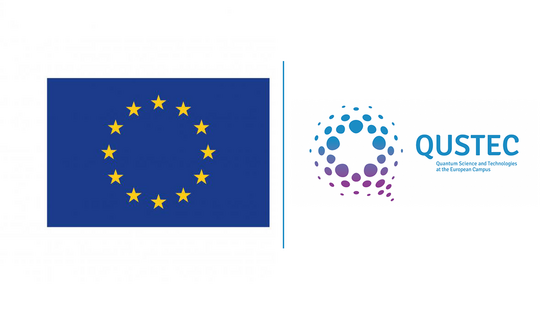
This project has received cofunding from the QUSTEC programme from the European Union’s Horizon 2020 research and innovation programme under the Marie Skłodowska-Curie grant agreement number 847471.

